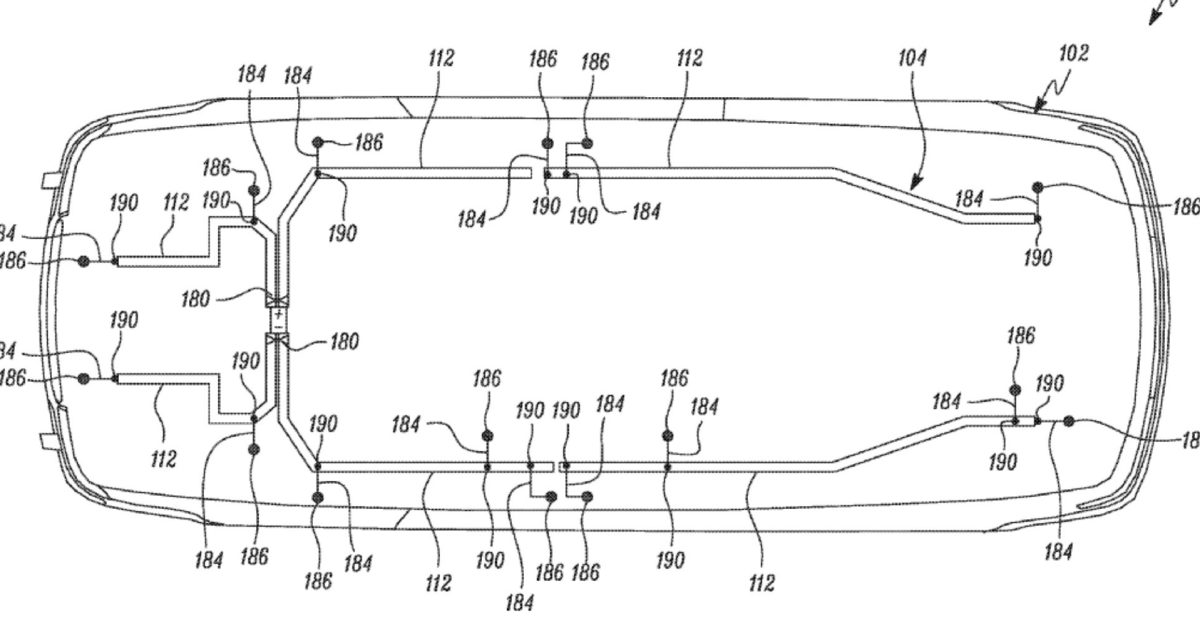If they wanted to move the industry, this wouldn’t have been done only once their valuation starts to slip.
I’ve been working a lot with ships, and the same issue is prevalent there. On the smaller boats DC is used, and this is usually stepped up and inverted when higher voltages or AC is needed. This is usually fine unless we’re talking about a lot of current-hungry hardware such as sidescan sonars etc.
12V is fine for recreational boats only. 24V is the only viable DC voltage for industrially equipped boats (I was involved with outfitting a tiny ROV boat with a side scan sonar… all the equipment was 24V, while the mains were 12V. It was a pain in the ass to manage.)
48V would make things a lot easier, as that’s standard for a lot of high power equipment such as radars.
“High current is more dangerous” makes no sense, current is wholly dependent on voltage and resistance. A 48v system will quadruple the potential current output for the same unexpected load
I am in strong support for this. 48 V makes a lot of sense. It could be used even outside cars, like ICEs or other applications.
If it’s good enough for PoE, it’s good enough for cars I suppose



